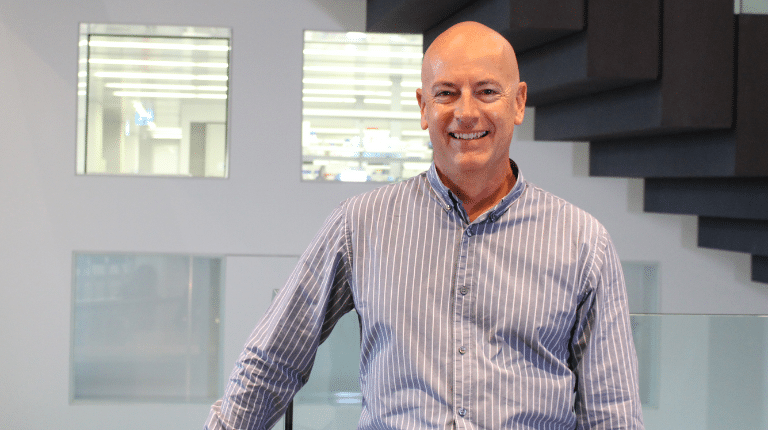
A partnership between Hunter-based Greater Bank and Hunter Medical Research Institute (HMRI) has led to the creation of a framework that now goes well beyond measuring the impact that business funding of medical research has on communities.

A partnership between Hunter-based Greater Bank and Hunter Medical Research Institute (HMRI) has led to the creation of a framework that now goes well beyond measuring the impact that business funding of medical research has on communities.
HMRI’s Health Research Economist, Professor Andrew Searles, said the framework was developed to answer a simple question: What is the return from investments into health and medical research? It has evolved to be used by other philanthropists, researchers, research funders, health services, health professionals, governments, and the community.
Professor Searles said an initial request from Greater Charitable Foundation to help calculate the social return on investment (SROI) of its funding of two HMRI research projects has become the Framework for Assessing the Impact of Research Translation (FAIT).
He said this framework means HMRI can help businesses, other philanthropists and health services evaluate research project impacts before or after they have funded them.
The framework is now being used much more broadly, across the research pipeline. Funding for medical research is moving more towards supporting translational research, which delivers new therapies, medical procedures, or diagnostics to improve people’s health and wellbeing.
“FAIT is now much more than an impact assessment tool,” Professor Searles said.
“It also encourages translation in research and helps to show how discovery science can also be translational,” he said.
He said FAIT also helps researchers to think about the translation activities they need to build into their projects such as consumer involvement. It triggers discussion to advance research effectiveness from the lab through to program implementation and could be used in commercialisation projects.
FAIT has been used by HMRI and other research centres to secure additional funding for national and international research projects. It is being applied to help evaluate a new program by NSW Regional Health Partners to embed health economics into decision-making within health services to reduce healthcare spending that is wasted on costly and ineffective treatments.
The model still serves to help HMRI’s business supporters such as Greater Bank and Greater Charitable Foundation to understand the SROI of their funding. In 2013 it determined that for every dollar invested, a return of $6.63 was obtained in the generation of additional research grants and better patient outcomes.
Greater Charitable Foundation is currently supporting a Phase 3 clinical trial of a drug to alleviate fatigue in stroke survivors and will use the model again to determine impact.
Foundation CEO, Anne Long, said that initial SROI report led it to ask other charities it supported to carry out similar work – raising the bar across the sector.
“When we’re investing our customers’ funds into supporting communities, we want to see a benefit now and into the future,” Ms Long said.
“The model developed by HMRI allowed us to quantify our investment in medical research and other charitable programs,” she said.
“The most exciting aspect for us though is to see how that initial partnership project has developed into something that has benefitted so many people.”
“This story shows the value of businesses partnering with charitable and community organisations beyond a specific project. There are opportunities for other mutually beneficial wins.”
“Each organisation can help the other to be greater together.”
FAIT is just one of HMRI’s tools to attract and retain quality researchers in our region so they can continue to do what they do best – offer our community hope and to save lives,” Professor Searles added.
HMRI would like to acknowledge the Traditional Custodians of the land on which we work and live, the Awabakal and Worimi peoples, and pay our respects to Elders past and present. We recognise and respect their cultural heritage and beliefs and their continued connection to their land.

Hunter Medical Research Institute
We’re taking healthy further.
Locked Bag 1000
New Lambton
NSW, Australia, 2305



This site is protected by reCAPTCHA and the Google Privacy Policy and Terms of Service apply.
Copyright © 2024 Hunter Medical Research Institute | ABN: 27 081 436 919
Site by Marlin Communications
